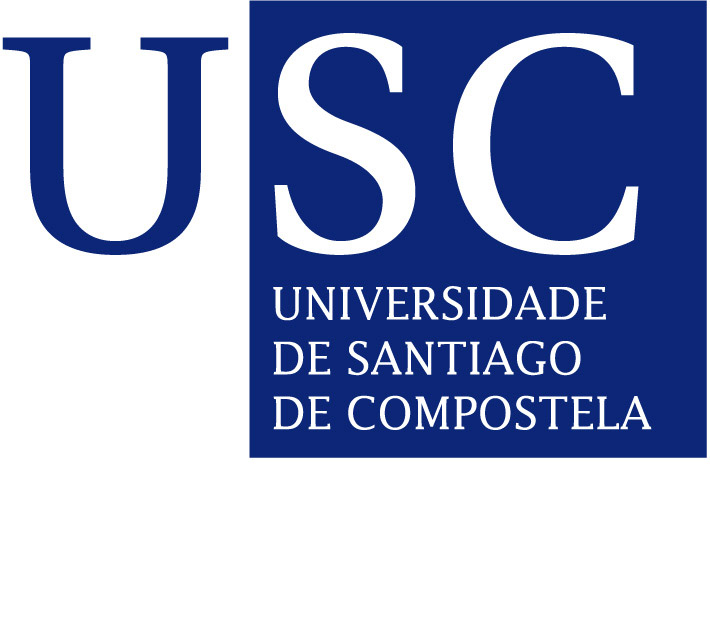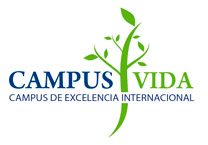We support excellent candidates keen to join us
CiQUS is looking for outstanding researchers to apply for the MSCA-2025 Postdoctoral Fellowship (PF) and join our research center
We offer cutting-edge research Groups and specialized support for the applications.
Applications from female researchers will be prioritized
Selected candidates will be invited to work collaboratively with the Host PI and our support staff to develop a competitive application for MSCA-2025-PF.
Can you apply for MSCA-2025 Postdoctoral Fellowship?
At the time of the Call deadline, 10th September 2025, the researchers:
-
should have a PhD degree (successfully defended the doctoral thesis).
-
must have a maximum of 8 years research experience (career breaks will not count).
-
European Fellowship: must not have lived/worked in Spain for more than 12 months in the last 36 months.
-
Global Fellowship: must not have lived/worked in the country of the Outgoing Phase for more than 12 months in the last 36 months.
Please find here a brief about general conditions, eligibility and the 2 types of grants.
Why apply for a MSCA-PF at CiQUS?
We have successfully supported 17 MSCA-PF since 2021, and our researchers have been granted a total of 14 ERC projects (4 ERC-PoC).
During the 2022-2024 period, our 19 research groups raised 9 MEUR/year and published over 100 publications/year, 40% in high-impact journals (JCR-IF > 9).
Santiago de Compostela offers a high-level scientific environment, and it is a lovely and friendly UNESCO World Heritage City.
Project Idea and Researcher Opportunities
We invite you to submit an Expression of Interest (EoI) and strongly encourage applications from women. To find a suitable Supervisor, explore our Research Areas:
-
Biological and Medicinal Chemistry
-
Functional Materials with Technological Application
-
Synthetic Technologies for Sustainable Development
-
Computational Chemistry and Data Science
In addition, find below some topics proposed by our host supervisors
Expressions of Interest
Send one PDF file to ciqus.jobs [at] usc.es, subject: MSCA-2025, by June 15, including:
1.- A short CV, maximun 2 pages, with your ORCID, Scopus or ResearcherID profile.
2.- A Letter of Interest including a summary of your project idea, maximun 2 pages.

















































